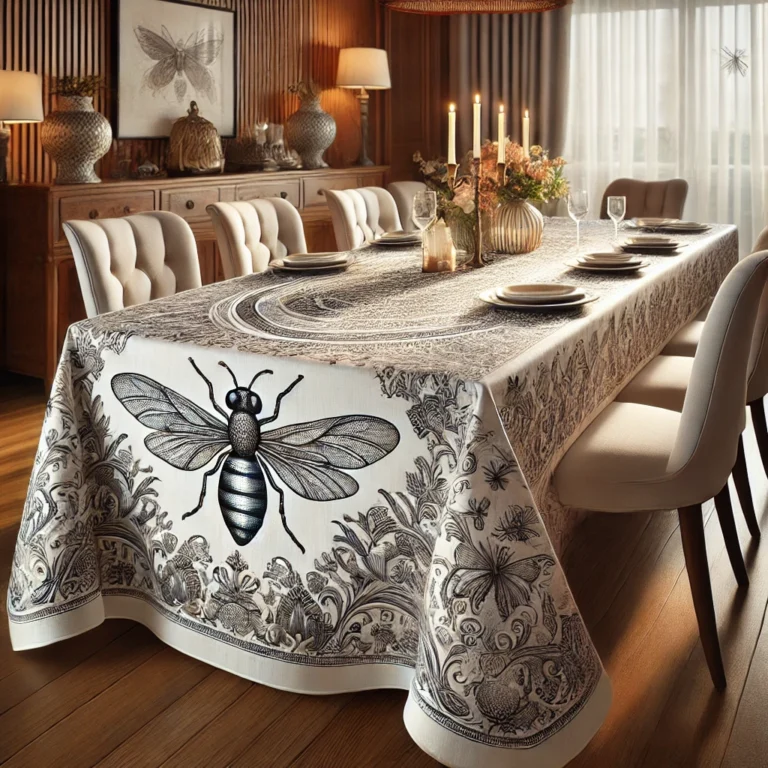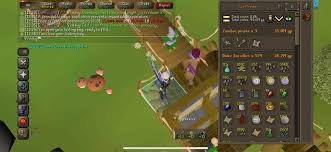Warrior’s Weave | Unleashing the Power of Combat Kilts
In the realm of warrior attire, combat kilts emerge as a distinctive and powerful symbol, blending tradition with functionality. As we delve into the world of combat kilts, we uncover their rich history, explore the evolution of these unique garments, and delve into why they continue to captivate warriors across different cultures. From ancient battlefields to modern military deployments, combat kilts stand as a testament to the warrior’s spirit, seamlessly combining heritage and practicality.
The Rise of Combat Kilts in Modern Fashion
In the ever-evolving realm of fashion, the resurgence of combat kilt stands out as a striking testament to the marriage of tradition and modernity. Once rooted in the proud heritage of Scottish kilts, the contemporary combat kilt has undergone a transformative journey to become a symbol of rebellion and self-expression. With its roots in military history, the combat kilt seamlessly blends functionality with fashion, offering a versatile garment that challenges traditional gender norms. Its rise to prominence can be attributed to its adaptability, breaking free from the confines of convention and making a bold statement on runways and urban streets alike. As a symbol of sartorial experimentation, the combat kilt symbolizes a new era in fashion, where historical influences are reimagined to create a distinctive and edgy style for the modern individual.
Historical Roots:
Combat kilts draw inspiration from traditional Scottish kilts, which were historically worn as a symbol of pride, identity, and, at times, practicality in battle. The incorporation of military elements adds a modern twist to this classic attire.
Versatility and Comfort:
The contemporary combat kilt prioritizes versatility and comfort. Crafted from durable materials with functional features like adjustable straps and cargo-style pockets, these kilts are designed to meet the demands of the modern, dynamic lifestyle.
Expression of Individuality:
Combat kilts have become a canvas for self-expression. Individuals embracing this trend often customize their kilts with unique details, patches, or tactical accessories, turning them into personal statements that reflect individual style and identity.
Breaking Gender Norms:
One striking aspect of the rise of combat kilts is the breaking of gender norms. While historically associated with men’s fashion, combat kilts have gained popularity among all genders, fostering inclusivity and challenging traditional perceptions of attire.
Cross-Cultural Appeal:
Beyond Scotland, combat kilts have found a global audience, resonating with individuals who appreciate the fusion of tradition and modernity. The incorporation of military-inspired elements adds a touch of rebellion and edginess to fashion ensembles.
Runway to Streetwear:
High fashion runways have embraced combat kilts, featuring them in collections that blur the lines between formal and casual wear. This acceptance has translated into streetwear, making combat kilts a symbol of sartorial experimentation and boundary-pushing fashion.
Functional Fashion:
The practical design of combat kilts, with their adjustable straps and utility pockets, resonates with those seeking both style and functionality. This balance between form and function contributes to their rising popularity in diverse fashion circles.
Ancient Warriors:
The origins of combat kilts can be traced back to ancient warriors who roamed the battlefields of Scotland. Known for their fierce independence, Scottish warriors donned kilts not only as a symbol of their clan but also for the practicality they offered in the rugged terrains of their homeland.
Versatility in Battle:
Unlike traditional trousers, kilts provided freedom of movement, allowing warriors to navigate challenging landscapes with agility. Their unique design allowed for ventilation in warmer climates and provided insulation in colder weather, making them a versatile choice for warriors facing diverse combat conditions.

Unleashing the Power of Kilts
In the landscape of contemporary fashion, kilts have emerged as a powerful and dynamic style statement that effortlessly marries practicality with unparalleled flair. These garments, inspired by traditional Scottish kilts but infused with a modern, combat-ready edge, have become emblematic of a fashion movement that values both form and function.
- A Fusion of Tradition and Modernity:
kilts seamlessly blend traditional elements with a contemporary aesthetic. Drawing inspiration from the rich heritage of Scottish kilts, they incorporate military-inspired details, resulting in a garment that pays homage to history while embracing the demands of the present.
- Tactical Functionality:
What sets kilts apart is their practical design. Crafted with durability in mind, they often feature sturdy materials, adjustable straps, and strategically placed pockets. This tactical functionality ensures that wearers not only make a style statement but also navigate their daily activities with ease.
- Breaking Gender Norms:
Embracing inclusivity, kilts challenge gender norms. No longer confined to a specific gender, these kilts have become a symbol of personal expression, allowing individuals of all genders to embrace a bold and distinctive fashion choice.
- Versatility in Style:
The versatility of kilts extends beyond their tactical features. From casual streetwear to high-end fashion runways, these kilts effortlessly transition across style spectrums. Their adaptability reflects a broader shift in fashion towards garments that defy traditional categorizations.
- Personalized Statements:
Kilts have become more than just clothing; they are canvases for personal expression. Wearers often customize them with patches, unique embellishments, or tactical accessories, transforming the garment into a personalized statement of identity and style.
- Global Appeal:
The popularity of kilts transcends borders. Embraced by fashion enthusiasts worldwide, these kilts symbolize a global movement that appreciates the intersection of diverse cultural influences and contemporary trends.
Caring for Kilts
Regular Cleaning
To maintain the integrity of kilts, regular cleaning is essential. However, warriors should follow care instructions specific to the material to avoid damage.
Storage and Preservation
Proper storage is crucial to prevent wrinkles and maintain the kilt’s shape. Warriors should store their kilts in a cool, dry place, and consider using garment bags for added protection.
Conclusion
As we navigate the rich tapestry of combat kilts, it becomes evident that these garments are more than mere attire – they are a manifestation of the warrior spirit. From their historical roots on Scottish battlefields to their modern adaptations across cultures, combat kilts continue to symbolize freedom, strength, and a commitment to tradition. In 2024, the power of the warrior’s weave endures, as combat kilts stand as a testament to the resilience and identity of those who don them in the pursuit of honor and victory.






